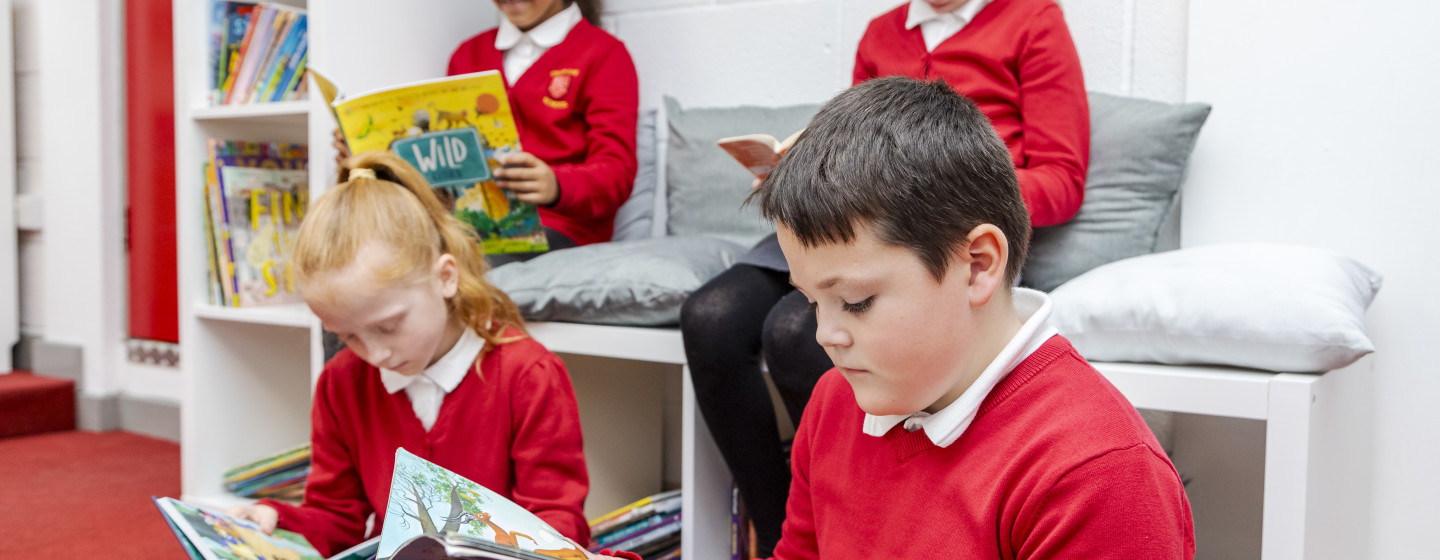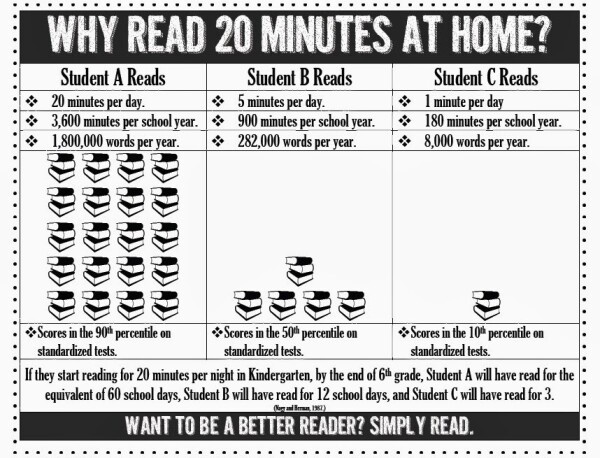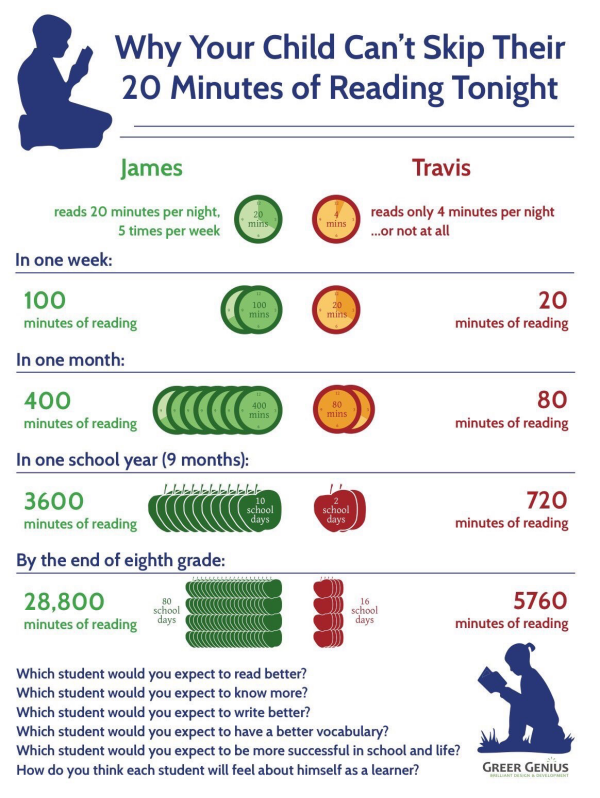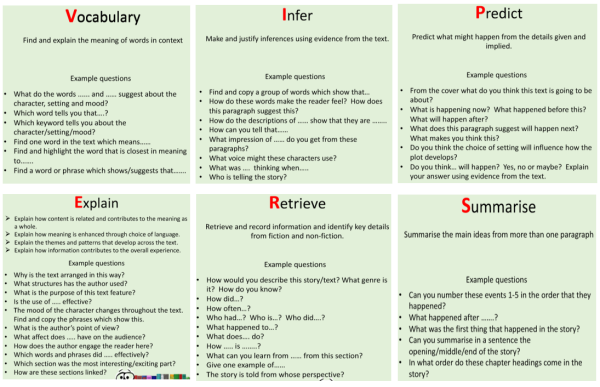
How to support your child with reading at home
20th March 2024
How to support your child with reading at home
Why is reading for pleasure vital?


Three ways you can help build fluency at home
- Read and follow – the adult reads the text and the child follows along with their finger. This helps the child with word recognition and models to them how they should read with fluency.
- My turn, your turn – take turns reading a page or a paragraph. Here you are modelling how to read with fluency, flow and expression.
- Echo Reading – as you read, the child copies. It is important here to pace yourself and read at a rate that your child can keep up with.
Comprehension questions you may wish to ask at home

How to encourage independent reading at home
- Having books that your child owns
- Using the library to help build variety
- Exposing children to texts beyond novels. E.g. comics, magazines, non-fiction books
- Taking control of screens – reading first and then screen time
- Show that you love reading… even if you have to fake it!
- Give children books that matter to them.
Parents and teachers building a reading for pleasure school in partnership
- Remember to sign and comment in your child's Reading Record at least once a week (Reading Record for EYFS - Year 3, Boom Reader for year 4-6)
- Encourage your child to read a wide range of genres and text types by visiting the local library.
- Encourage your child to read daily for fifteen minutes in order to improve fluency.
- Talk to your child about their whole class reader to aid recall.
How to read a story to your child (Department for Education)
If you can find the time beforehand, read the read-aloud book to yourself first, so you can think about how you’re going to read it to your child.
On the first reading:
- Make reading aloud feel like a treat. Make it a special quiet time and cuddle up so you can both see the book.
- Show curiosity about what you’re going to read: ‘This book looks interesting. It’s about an angry child. I wonder how angry he gets…’
- Read through the whole story the first time without stopping too much. Let the story weave its own magic.
- Read with enjoyment. If you’re not enjoying it, your child won’t.
Read favorite stories over and over again. On later readings:
- Let your child pause, think about and comment on the pictures.
- If you think your child did not understand something, try to explain: ‘Oh! I think what’s happening here is that…’
- Chat about the story and pictures: ‘I wonder why she did that?’; ‘Oh no, I hope she’s not going to…’; ‘I wouldn’t have done that, would you?’
- Link the stories to your own family experiences: ‘This reminds me of when …’
- Link stories to others that your child knows: ‘Ah! Do you remember the dragon in
….? Do you remember what happened to him?’
- Encourage your child to join in with the bits they know.
- Avoid asking questions to test what your child remembers.
- Avoid telling children that reading stories is good for them.

